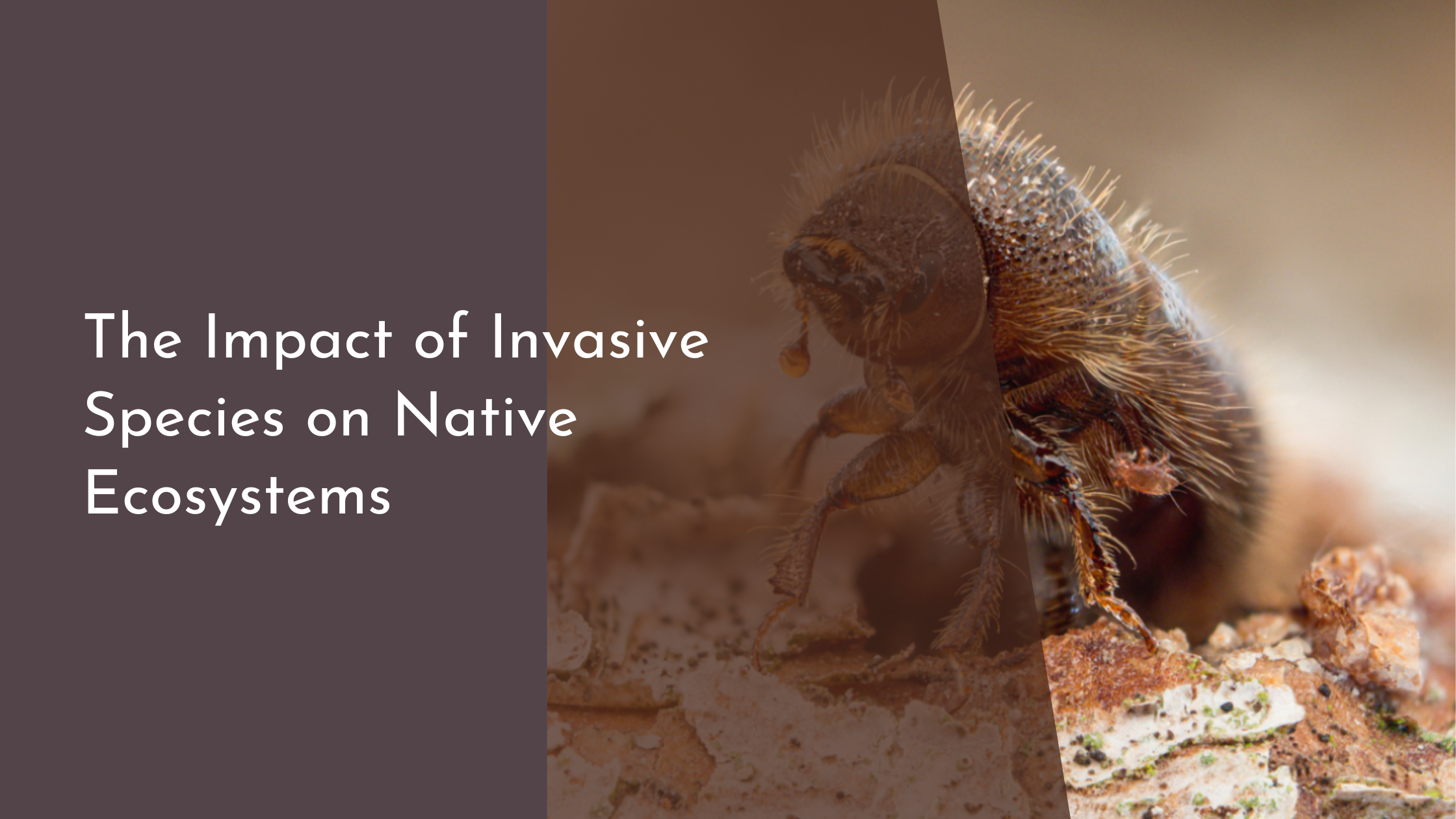The Impact of Invasive Species on Native Ecosystems
The Earth’s ecosystems are intricately balanced, with each species playing a role in maintaining the health and function of the environment. However, the introduction of invasive species—organisms that are not native to a specific location—often disrupts these delicately balanced ecosystems. This article explores the nature of invasive species, their impact on native habitats, real-world examples, and the importance of embracing biodiversity for the future of our planet.
Understanding Invasive Species: A Quick Overview
Invasive species are organisms that are introduced, either accidentally or intentionally, into a new environment where they are not naturally found. These species can include plants, animals, fungi, and microorganisms. Unlike native species, invasive species often lack natural predators in their new environments, which allows them to reproduce and spread rapidly. This unchecked growth can lead to significant ecological imbalances, as invasive species compete with native species for resources such as food, water, and habitat.
The impact of invasive species is far-reaching and often detrimental. They can alter nutrient cycles, reduce biodiversity, and even cause the extinction of native species. The introduction of invasive species is often facilitated by human activities, such as global trade and travel, which inadvertently transport these organisms to new environments. Understanding the nature and behavior of invasive species is crucial for developing effective management strategies to control their spread and mitigate their impact.
How Invasive Species Disrupt Native Habitats
Invasive species can cause significant disruption to native habitats by outcompeting local species for resources. For example, invasive plants may grow more aggressively than native plants, monopolizing sunlight, water, and soil nutrients. This can lead to reduced growth or even the elimination of native plant species, which in turn affects the entire ecosystem. The loss of native plants can impact herbivores that rely on them for food, and subsequently, the predators that feed on those herbivores, creating a cascading effect throughout the food chain.
Furthermore, invasive species can alter the physical characteristics of an ecosystem. For instance, invasive aquatic plants can block waterways, affecting water flow and quality. This can lead to decreased oxygen levels in the water, which can harm fish and other aquatic life. Invasive animals can also cause physical changes; for example, invasive burrowing species may alter soil composition and structure, affecting plant growth and soil stability. The changes brought about by invasive species can be widespread and difficult to reverse, highlighting the importance of early detection and management.
Real World Examples: Invasive Species in Action
One of the most notorious examples of an invasive species is the Burmese python in the Florida Everglades. Originally introduced as pets, these large snakes have established breeding populations in the wild. Their presence has drastically reduced populations of small mammals in the Everglades, disrupting the food web and threatening native species. The Burmese python is a prime example of how an invasive species can alter an entire ecosystem and highlights the challenges of controlling an established invasive population.
Another example is the zebra mussel in the Great Lakes of North America. This small, bivalve mollusk was accidentally introduced from ballast water discharged by ships from Europe. Zebra mussels rapidly colonize hard surfaces, clogging water intake pipes, fouling boat hulls, and outcompeting native mussel species for food and space. Their filter-feeding behavior also alters water clarity and nutrient availability, impacting the entire aquatic ecosystem. Efforts to control zebra mussel populations are ongoing and costly, demonstrating the economic and environmental challenges posed by invasive species.
Conclusion: Embracing Biodiversity for a Brighter Future
Invasive species present a significant threat to global biodiversity and the health of ecosystems. However, by understanding the impact of these species and implementing effective management strategies, we can mitigate their effects and protect native ecosystems. Public awareness and education about the dangers of invasive species are crucial for preventing their introduction and spread. Encouraging responsible trade and travel practices, along with timely intervention and control measures, can help preserve the balance of our natural environments.
Embracing biodiversity is key to ensuring the resilience and sustainability of ecosystems worldwide. By protecting native species and their habitats, we contribute to the health and well-being of our planet. In doing so, we safeguard the myriad benefits that biodiversity provides, from ecosystem services to cultural and recreational values. Together, we can work towards a future where both native and non-native species coexist in harmony, enriching our world and securing a brighter future for generations to come.


